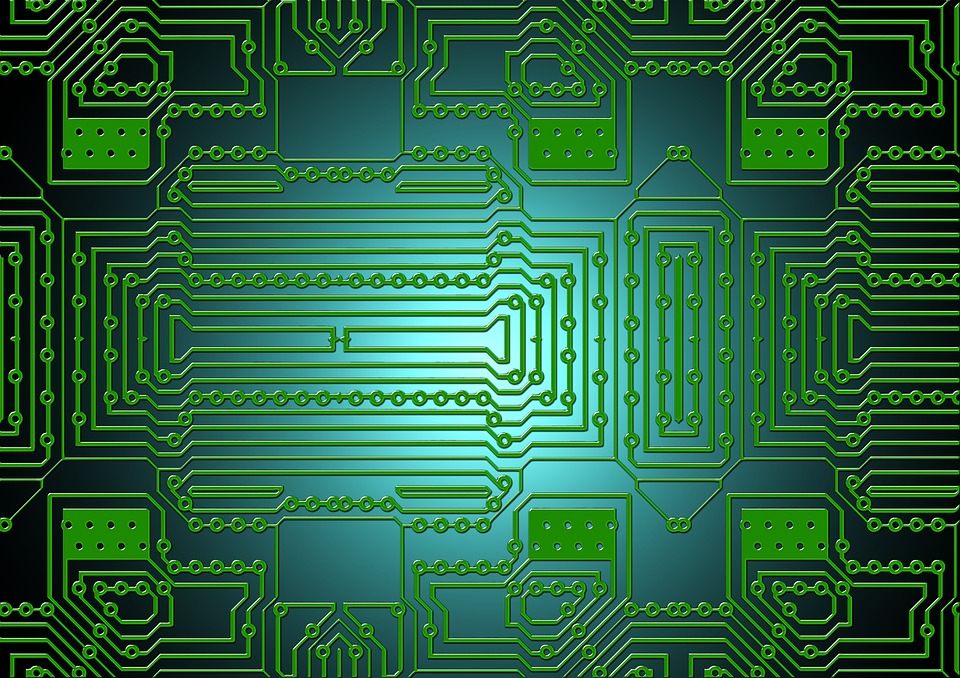Large PCB boards are essential components in many electronic devices. From smartphones and computers to industrial machines and medical equipment, large PCBs ensure smooth and reliable operations. However, creating these PCBs is not an easy task. PCB designers face various challenges, including the variability of sizes, the complexity of designs, and the need for quality control.

The first step in fabricating a large PCB is to determine the goal dimensions. Each PCB has different requirements based on its purpose and usage. Some PCBs may need a large surface area to accommodate numerous components, while others may require a specific shape to fit into a particular device. Once the goal dimensions are determined, the PCB designer can start working on the design.
The design process of large PCBs is quite different from that of small PCBs. Large PCBs require more complex designs to accommodate the necessary components and wiring. This process can be time-intensive, and the designer may need to go back and forth several times to ensure the design is perfect.
After the design is complete, the fabrication process begins. The PCB design is printed onto a copper-clad board, and the excess copper is removed using etching. Once the etching process is complete, the board is drilled to create holes for components, and the final copper layer is applied.
The next step is to apply solder paste to the board, which will help to attach the components securely. Once the solder paste is applied, the components are placed manually or using machines. After the components are in place, the board is heated to melt the solder and create a reliable connection between the components and the board.
Finally, the large PCB board is tested to ensure that all components are correctly placed, and the board functions as expected. Quality control is an important step in the fabrication process to prevent any defects or errors.
In conclusion, fabricating a large PCB board is a complex process that requires the expertise of a skilled PCB designer. The designer must navigate the challenges of variability, design complexity, and quality control to create a reliable and functional PCB. By following a time-intensive procedure and adhering to high-quality standards, large PCB boards can be fabricated to meet the needs of diverse applications.